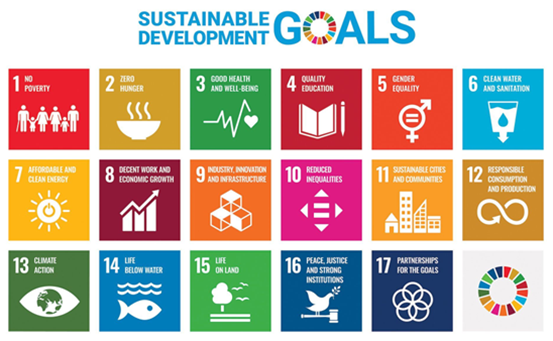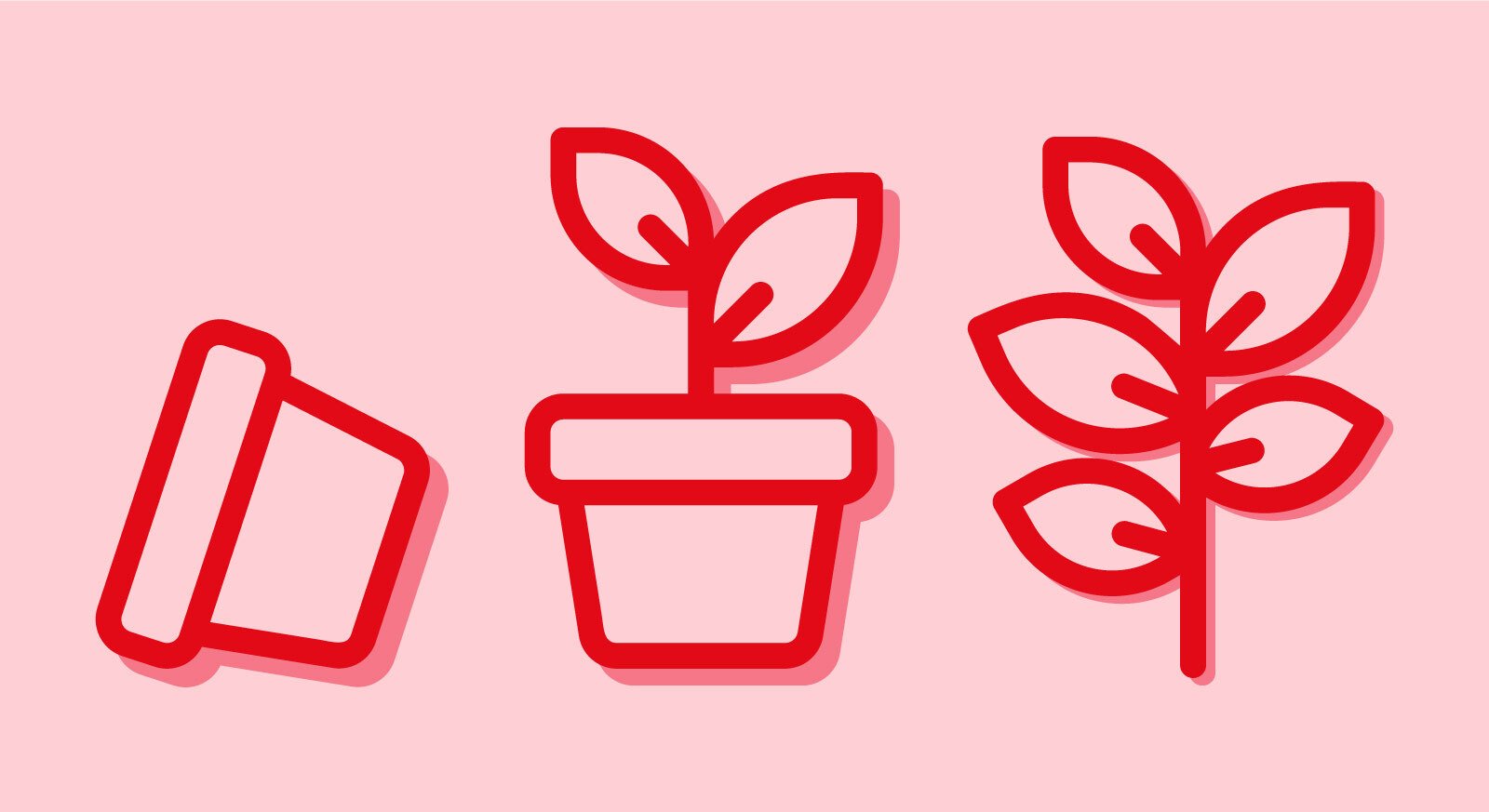Don’t know the difference between sustainable and regenerative design, where to start, or which tools to use? This post will tell you what you need to know.
Ideas on sustainability have shifted over time as understanding and urgency for action have grown. There are many ways to describe our efforts to reduce the impact on the planet, from net zero, to circular design, to regenerative design, to name a few.
It leaves us questioning the differences between these approaches – and where exactly design fits into the picture.
The following definitions are often used interchangeably despite their differences. Let’s unpack and define some of the design-related goals, practices and frameworks associated with sustainability.
Design for sustainable development
Sustainable development aims to meet “fundamental human needs today without compromising the possibility of future generations to satisfy theirs” (United Nations).
Sustainable development addresses the triple bottom line, an economic framework that suggests companies should commit to social and environmental factors as much as financial considerations. This is where the idea of people, profit and planet stems from.
The sustainable development goals (SDGs) were developed by UN members in 2015 to provide a blueprint for “peace and prosperity for people and the planet”.

Design plays a crucial role in sustainable development, for example, through powerful processes like Design Thinking, which aid complex problem solving. The early design decisions made in projects also contribute greatly to the overall life cycle and longevity of products and services.
Simply put, good design considers the wider economic, social and environmental consequences of the product or service being developed.
Design for net zero
“Net zero refers to a state in which the greenhouse gases going into the atmosphere are balanced by removal out of the atmosphere” says the research institute Net Zero Climate.
In practice, this means any carbon caused by a company’s practices is balanced out though land-based or oceanic greenhouse gas sinks.
Carbon or greenhouse gas sinks are simply methods where carbon is removed from the atmosphere. This can be done in one of two ways, naturally or through technological processes.
Removing carbon naturally relies on forests, soil or the ocean absorbing excess carbon though processes like phytoplankton absorbing CO2 or photosynthesis.
Technological carbon capturing uses processes like direct air capture to collect and sequester excess CO2.
Whether we are working on a greenfield project or improving an existing product or service, organisations and the designers and strategists within them have a vital role to play in quantifying, reducing and offsetting any irreducible CO2.
Design for a circular economy
The circular economy is explained by the Ellen McArthur Foundation as being “based on three principles, driven by design”:
- Eliminate waste and pollution
- Circulate products and materials (at their highest value)
- Regenerate nature
The Foundation says it is “underpinned by a transition to renewable energy and materials. A circular economy decouples economic activity from the consumption of finite resources. It is a resilient system that is good for business, people and the environment.”
Circularity redesigns the current system. Rather than simply trying to do less bad, it reconsiders how products and services are sold on the market and looks for new ways to create value. Be aware that, while circularity always contributes to sustainability, not all sustainable outcomes are circular.
Circularity has led to many businesses rethinking their products as services, such as Apple, that allows you to rent rather than own an iPhone. By offering a product as a service, a company is incentivised to create high-quality, modular products that can be returned to them for repair, reuse or recycling.
In comparison with sustainable design, which could be considered to encompass people, planet and the economy more holistically, circular design looks more specifically at the purposeful creation of material and biological cycles for products or services.
Design for Regeneration
Regenerative design is an emerging field which could be the next stage in the evolution in sustainability practices.
It offers an opportunity to move from scarcely sustaining the ecological balance to replenishing ecological levels and social and economic outcomes.
Regenerative design looks to design, develop, and maintain systems that are adaptive and beneficial for both people and planet. To date, it has mostly been focused in the agricultural and architectural space.
However, data, digital technologies, and design have a role to play in creating regenerative business models via the technology and the software that underpins them.
By taking a systems approach, regenerative design focuses on users’ needs whilst zooming out to assess the broader system in which they fit.
Designers take a systems-thinking approach when they view challenges as part of an interconnected system, realising the causality between various parts of a system and designing intentionally with those in mind.
Next up, having covered some of the terminology above, we equip you with guidance and tools to start your design journey to sustainability.
How do I get started?
There are several organisations leading the way in the sustainability movement, from the Design Council to the Ellen McArthur Foundation to Circle Economy.
Tools, frameworks and guidance have been created by these organisations to help designers realise their part in improving our ecological outlook. Below we have selected some of our favourites to get you on your way.
Methods
- Circular Design Resources – from the Ellen McArthur Foundation, resources for people who want to learn, apply and contribute to circular design.
- The Circular Design Guide – a collaboration between IDEO and the Ellen McArthur Foundation to provide an action-oriented set of methods, mindsets and thought starters.
- Circle Economy – a circular workshop suite covering circular design, business models, finance and many more.
Frameworks
- Circular Product Design Framework – 14 strategies for creating technical products that last.
- Toolkits
- Designing your Circular Transition – the Danish Design Centre’s toolkit will help kickstart your transition to circularity.
- Circular Design Toolkit – tools to take incremental steps towards your circular future.
Measuring impact
- Circulytics – a free, company-level measuring tool that reveals the extent to which a company has achieved circularity across its entire operations.
- Ecograder – measure the carbon impact of your website.
While it may feel that the climate crisis is an insurmountable challenge, remember that the small decisions taken by designers day to day can have a significant impact on the planet.
We hope these tools are useful to you in starting your journey.
Just dip your toes in and give it go. After all, getting started is the most important thing.



